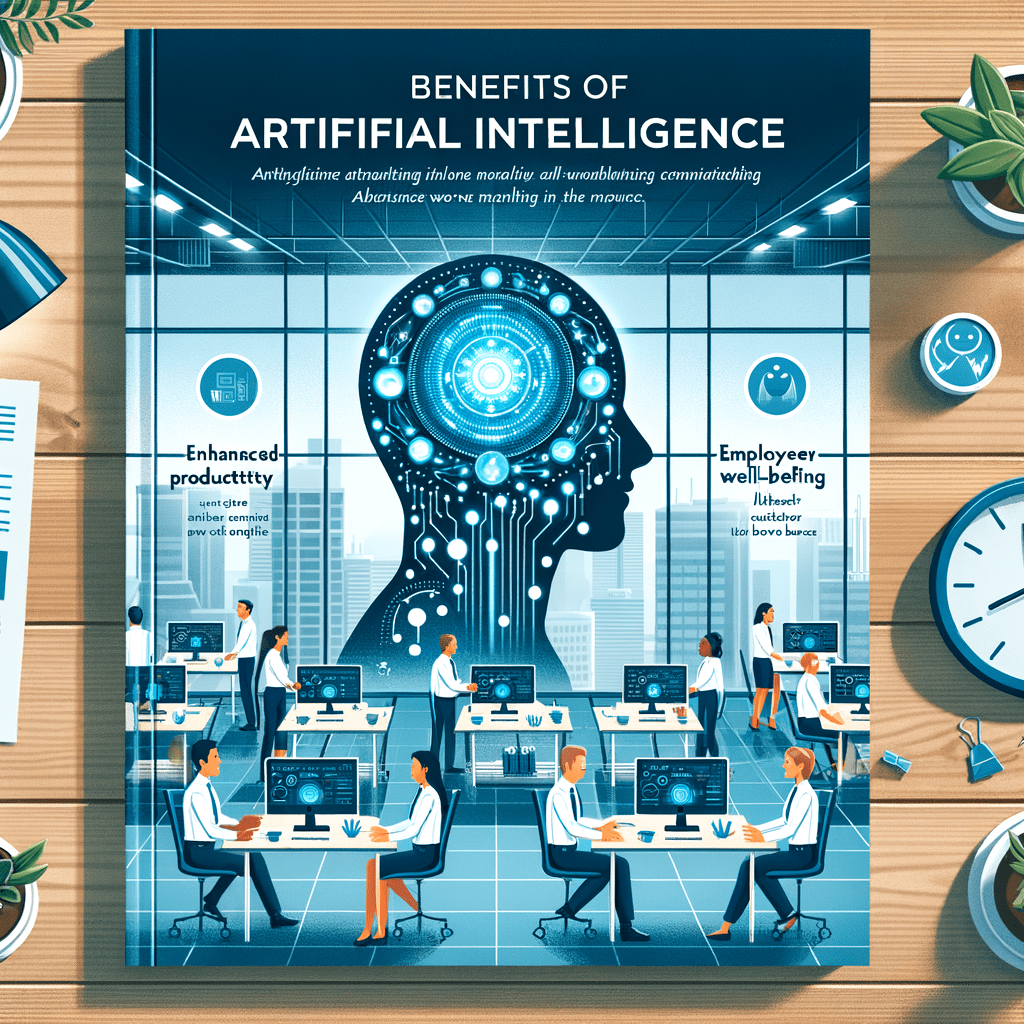In today’s digital landscape, AI tools and ChatGPT are essential for businesses seeking to improve efficiency and gain a competitive edge. This transformation empowers your workforce and fosters a healthier work-life balance. This article explores the top AI tools and ChatGPT, helping small to mid-sized business owners implement these solutions.
AI tools and ChatGPT offer an opportunity to free employees from tedious work. This allows them to focus on tasks requiring creativity and critical thinking, leading to increased job satisfaction.
Understanding the Power of AI Tools and ChatGPT
AI tools encompass a broad spectrum of applications, from streamlining workflows to analyzing data. AI quietly supports us in countless ways.
What Sets ChatGPT Apart?
ChatGPT excels in understanding and generating human-like text. This makes it valuable for tasks like crafting marketing copy, drafting emails, and providing customer support.
Its flexibility allows for creating to-do lists or even generating Thanksgiving recipes, although results can be unpredictable.
Exploring a Variety of AI Productivity Tools
AI’s power extends beyond chatbots. Let’s explore AI tools and their impact on how we work:
1. AI Chatbots: Enhancing Communication
AI chatbots interact with people, handling simple questions and generating natural-sounding text. This conversational AI saves time on various tasks.
- Microsoft Copilot Pro for Outlook.
- Gemini for Gmail.
2. AI Search Engines: Research with Speed
AI search engines quickly search the internet, grounding answers on credible information. They provide relevant search results based on user queries.
- Perplexity.
- Google Search with AI Overviews.
3. AI Apps for Content Creation: Overcoming Writer’s Block
AI writing tools, from Jasper to Anyword to Writer, can reduce writer’s block by helping create initial drafts quickly. Specificity when inputting writing prompts improves the results. These AI writers are great options for professional writing or blog posts.
These content-creating tools can help users write articles or develop marketing copy. They provide suggestions based on input and user intent.
4. Tools to Boost Writing Skills: Refining Your Prose
Apps like Grammarly, Wordtune, and ProWritingAid enhance writing by offering wording choices and rewriting awkward phrasing. This supports professional writing for various use cases.
5. Transforming Video Creation: AI-Powered Editing and Generation
Runway is a notable option for editing or generating videos using AI tools and chatgpt. This AI image generation tool offers features for various video editing tasks.
Getting Started With AI Tools and ChatGPT for Enhanced Productivity
With so many AI tools available, it can be overwhelming for beginners. Start by identifying your main productivity challenges, whether in scheduling, emailing, or content creation.
Select AI tools that align with those objectives. Learning the basics of ChatGPT provides a deeper understanding of its versatility as an AI assistant. This includes understanding large language models (LLMs) and machine learning techniques that are employed.
As you begin, identify areas for further optimization. Utilize available guides, tutorials, and demos within the tools. Consider tasks like scheduling, emails, content creation, or marketing.
FAQs about ai tools and chatgpt
What are ChatGPT and AI tools?
ChatGPT is a specific AI tool, a large language model-based chatbot. AI tools are a wider category of software using AI technology.
What is an AI tool like ChatGPT?
AI tools similar to ChatGPT are often chatbots or language models using natural language processing (NLP). Examples include Google’s Gemini and Microsoft’s Copilot.
Which AI model is used by ChatGPT?
ChatGPT uses LLMs developed by OpenAI, including GPT 3.5, GPT 4, and GPT-4-Turbo.
Is ChatGPT the best AI tool?
ChatGPT is a leading AI tool for language-based tasks. The “best” AI tool depends on specific user needs and might include free AI options or social media integrations.
Conclusion
From optimizing daily tasks to boosting employee morale, AI tools and ChatGPT offer remarkable solutions. With readily accessible AI and AI chatbots, businesses can improve quality of life and create amazing things. It’s a powerful resource for simple tasks or complex projects.






